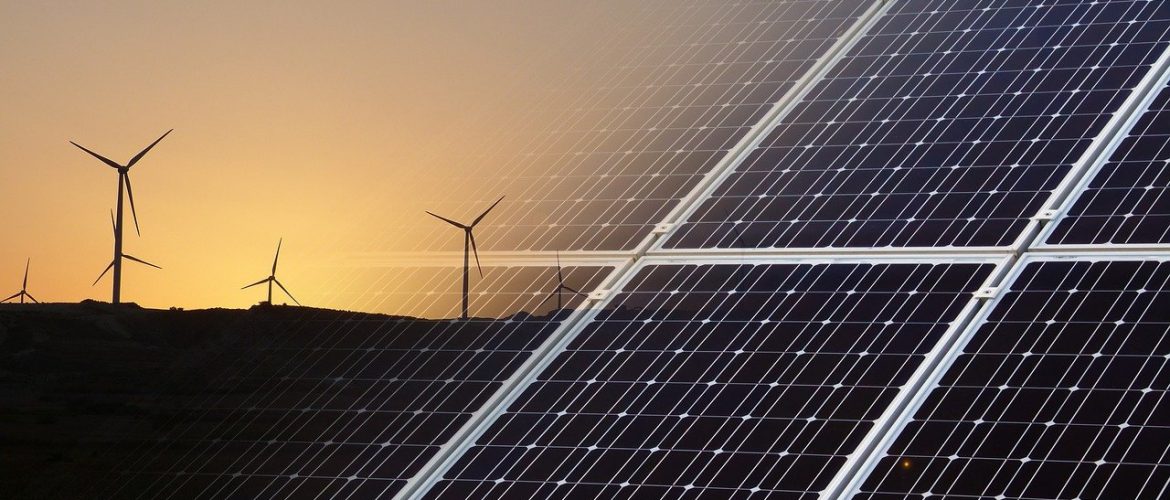According to the latest available monthly data from the Greek IPTO (ADMIE) for the interconnected network (November 2023):
Renewables (without large hydro) maintained the lead in electricity production in the first eleven months of 2023 cumulatively (19,642 GWh), surpassing fossil gas and lignite together (16,133 GWh) by 2.2 TWh. In fact, this is the largest difference for 2023. Following a steadily increasing trend over the last 10 years, renewables were in first place in the first eleven months of 2022 as well but were far behind the cumulative contribution of fossil gas and lignite (-3,068 GWh) and had a much smaller difference than the fossil gas which was second (+1,908 GWh in 2022 compared to +6,193 GWh in 2023).
Additionally, in the eleven months of 2023 and despite the “dip” in 2023 compared to 2022, fossil gas remained in second place (13,449 GWh), while net imports were in third place with 4,586 GWh. This was followed by lignite (4,025 GWh), and large hydro (3,548 GWh). Lignite in particular reached an all-time low in terms of its contribution in the first eleven months of the year, compared to the same period of the previous years, while fossil gas was the lowest since 2018.
The large decrease of gas in the contribution to electricity production during the first eleven months of the year compared to the same period in 2022 (-2,944 GWh), and the smaller, yet important, decrease from lignite (-954 GWh) and large hydro (-164 GWh), were equally offset by the increase in net imports (+1,394 GWh), and the reduction in electricity demand (-1,341 GWh) and additionally by the increased contribution of renewables (+1,338 GWh). The above sequence is a partial reversal of the trend that prevailed up to June 2023, where the reduction in gas and hydro production was primarily offset by the reduction in demand. However, the very significant increase in demand during July and August 2023 reversed this trend cumulatively for the overall eleven-month period. Of course, the increase in exports in September and October and the decreased imports in November, reduced the cumulative net imports in the eleven-month period so that the increase in imports exceeded the decrease in demand by only 53 GWh.
The corresponding percentage changes in the first eleven months of the year compared to the same period in 2022 were as follows:
Lignite: -19.2%
Fossil Gas: -18%
Renewables: +7.3%
Hydro: -4.4%
Net imports: +43.7%
Demand: -2.9%
Clean energy from renewables and large hydro (23,190 GWh) in the first eleven months of 2023, exceeded fossil fuel-based production (17,474 GWh) by almost 6 TWh, marking a historic record for the last 10 years. It was down by 18.2% compared to the 10-month period of 2022. The difference between clean energy and fossil fuels in 2022 was much smaller, just 643 GWh.
Renewables, together with large hydro covered more than half of the demand (51.2%) in the first eleven months of 2023. This occurred for the first time in the nine-month period but with a slightly lower share (50.2%). As a result, clean energy with 23,190 GWh surpassed fossil fuels and net imports combined (22,060 GWh). Their contribution to domestic electricity production was even greater, as renewables together with large hydro had a share of 57%, exceeding the 2022 performance by more than 6 percentage points (50.7%).
The share of renewables in meeting demand (excluding large hydro) was also high, with a share of 43.4%, 4 percentage points above the previous high of 2022 (39.3%). The rest of demand during the eleven-month period was met by fossil gas with a share of 29.7% (the lowest since 2018), net imports with 10.1%, lignite with a share down of the 10% for the first time (8.9%) and large hydro with 7.8%.
Especially for November 2023:
– Lignite production (377 GWh) increased by 20.7% compared to November 2022. It was the second consecutive month that recorder and increase compared to last year.
– Less than 1 TWh was produced from fossil gas (964 GWh), after five consecutive months of monthly production well above 1 TWh. It appeared down by 19.7% compared to November last year.
– Production from renewables (1,818 GWh) increased again compared to November 2022 (+13.5%), in contrast to October when production was down (-12.5%) compared to October 2022.
– After two net export months (September-October), November was a net import month (288 GWh).
– Electricity demand (3,737 GWh) appeared increased compared to the same month in 2022 (+1.35%).
Cumulative consumption for the first eleven months of 2023 (45,265 GWh) decreased by 2.9% compared to the same period last year and by 3.5% compared to the average of the last five years. However, the downward trend in demand has been steadily receding from month to month, recording the lowest decrease in the eleven-month period.




















































































































































































































































































































